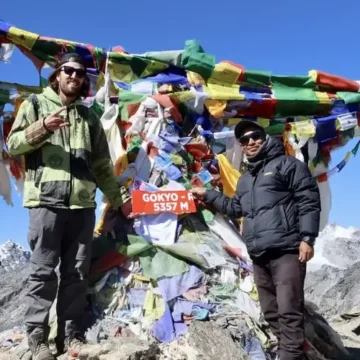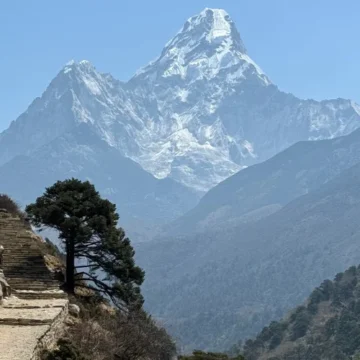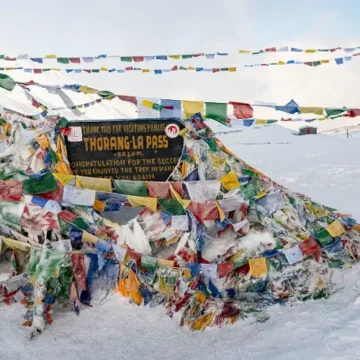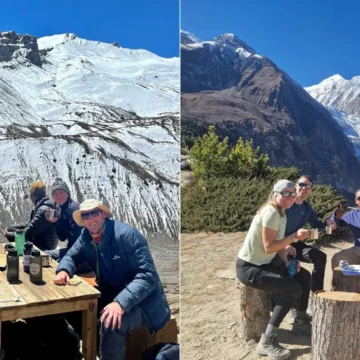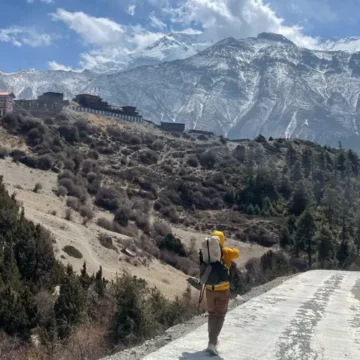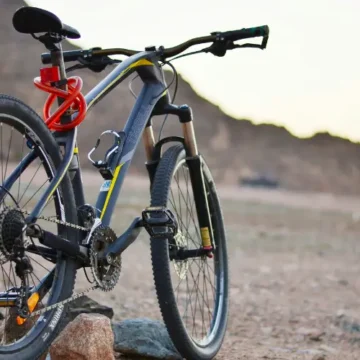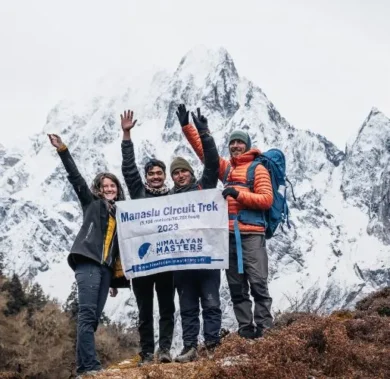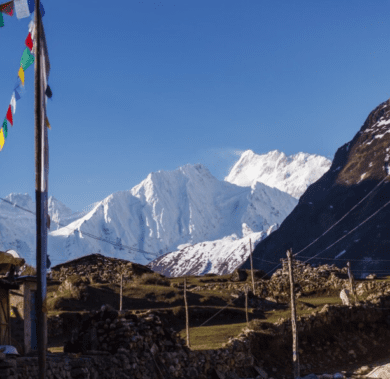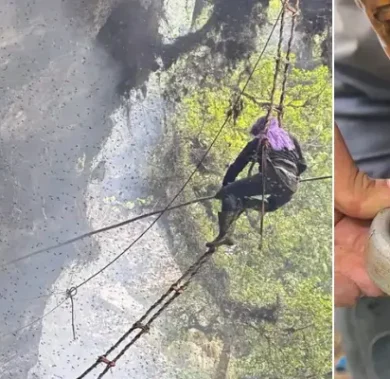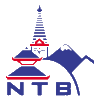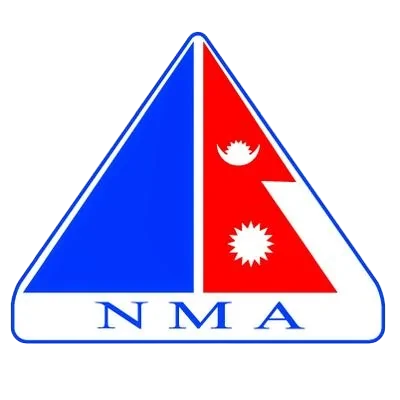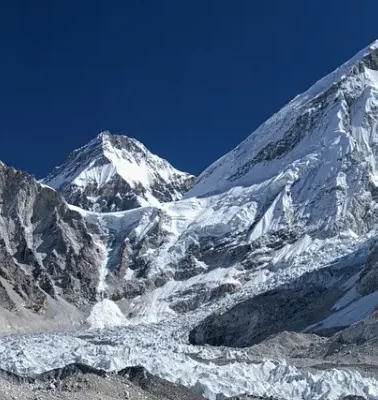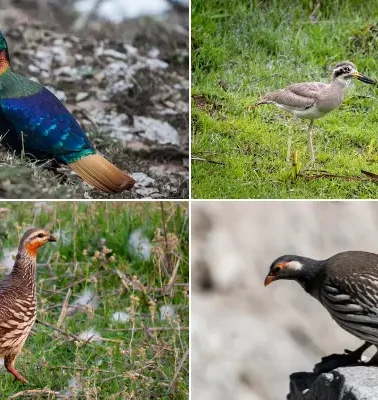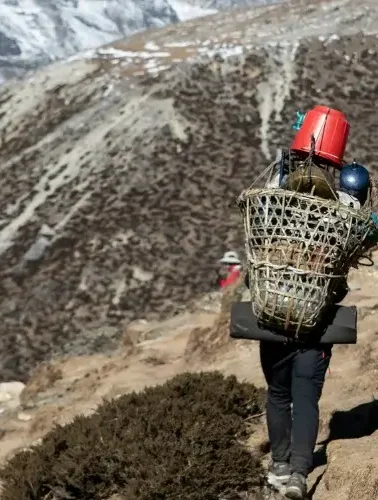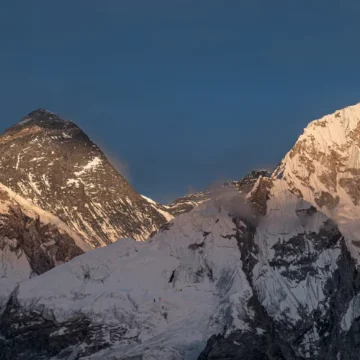
Top 17 Things to Do During the Annapurna Circuit Trek
Table of Contents
You might not know, but to really enjoy the trekking, you need to know where to go, what to explore and how to soak in yourself. You can miss a lot of things if you simply walk on the trail. Annapurna Circuit trek highlights include going through the different forms of nature,
which are dry, lush forests, high-altitude deserts, alpine meadows and snowy mountainous trails. Apart from topographical magnificence, the Annapurna Circuit trek is a great way to observe Tibetan-influenced people and Buddhist culture and traditions. Here is the list of things to do during the Annapurna circuit.
Trek Through Diverse Landscapes
While trekking through the Annapurna circuit, you will come across diverse landscapes. At the start of your trek, you will go through lush green hills, terraced farms and rhododendron forests.
As you gain altitude, the landscape changes into dry and rocky trails from dense forests. It’s like walking through a cold desert. Everywhere around you is either concrete or plain.
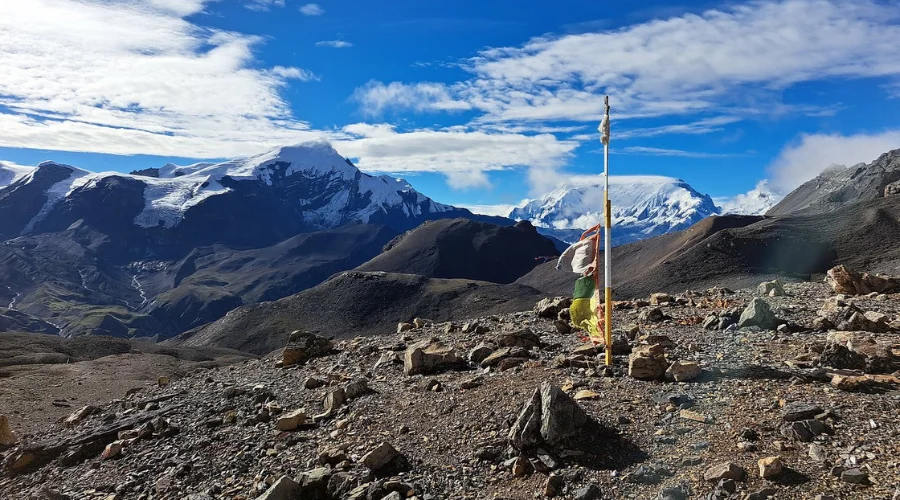
Once you reach the highest point of your trek, Thorong La Pass, 5,416 meters (17,769 ft), the landscape is snowy all around, with wind-swept cliffs and icy glacier valleys. Going through these landscapes is like walking through Nepal’s entire terrain spectrum in one journey.
Cross the Iconic Thorong La Pass (5,416 m): The Best of Annapurna Circuit Trek Highlights
Thorong La Pass, at an altitude of 5,416 meters (17,769 ft), is one of the world’s highest trekking passes and one of the major Annapurna circuit trek highlights.
This pass connects the Manang Valley to the drier Mustang region. Climbing is hard because of the thin air, steep ascent, and early morning cold, but the feeling that you get there is unmatched.

As you reach the summit, you’re greeted by fluttering prayer flags, snowy peaks, and a deep sense of achievement. After days of the trek, battling coldness, hard terrain and rough weather, standing in Thorong La Pass makes you realize how much you have pushed yourself.
The magnificent views of Dhaulagiri, Annapurna and a sea of snowcapped ridges feel like heaven.
Visit Ancient Monasteries and Chortens
All along the Annapurna circuit, you will stumble upon ancient Buddhist monasteries, sacred mani stones and chortens and spinning prayer wheels. You will come across Braga monastery, which is on a cliffside surrounded by dry mountains in the upper Mustang.
Braga Monastery is just a 45-minute walk from manang. Inside the monastery, you will find statues of Buddha, old thangka paintings and butter lamps glowing.
The atmosphere is serene, with only the sound of wind and prayer chants. Many trekkers stop here for blessings before heading toward Thorong La.
Muktinath temple is revered by Hindus and Buddhists and sits at an altitude of 3,800 meters (12467.19 ft). If you are trekking in the Annapurna circuit, you shouldn’t miss this location.

Visiting Muktinath and taking a bath in 108 waterspouts, even in freezing temperatures, is said to wash away sins and bring liberation.
There is also a natural eternal flame burning from underground gas for ages, and it is also worshipped as a symbol of divine power. Visiting these places will give a spiritual touch to your journey.
Capture Stunning Himalayan Views
The Annapurna circuit is a visual masterpiece as you will walk through cloud-filled valleys, wide green meadows, and dense forests, and then suddenly, you enter open snowy terrain with nothing but snow, sky and mountains.
Along the trail, you will pass yak herds grazing peacefully, waterfalls crashing down glacial cliffs, and rivers. The views change every day from terraced fields and dry Mustang cliffs to breathtaking views of Annapurna (the 10th tallest mountain in the world), Tilicho, and Dhaulagiri.

You will see how life in the mountains happens. Capturing these things in your phone or camera will forever be in your memory. Every time you feel bored, you can always swipe off those photos and appreciate those moments.
Soak in Natural Hot Springs at Tatopani
Tatopani, which means “hot water” in Nepali, is a small village that is known for its natural hot springs. Between Jomsom and Ghorepani, you will find this gem after days of trekking; what better way to relax than in these warm, mineral-rich waters, which are pure bliss?
The springs, which sit right by the Kali Gandaki River, are in simple stone pools. Local and trekkers come here to relax tired muscles, heal from soreness, and enjoy the quiet mountain air.
The water is said to have healing properties and stays warm even in the winter. You can take a quick dip or spend hours letting the heat melt away your fatigue.
Surrounded by green hills and village life, Tatopani is a peaceful break in the journey. It’s not just a rest stop; it is a reward. After long days on the trail, this is where your body says thank you.
Hike to Ice Lake or Gangapurna Lake (Manang)
From the village of Manang, trekkers have a choice of two high-altitude lakes for a peaceful hike: Ice Lake and Gangapurna Lake. Ice Lake, which is at about 4600 meters (15091.86 ft), has an uphill climb but a very doable climb that rewards you with views of Annapurna III and Tilicho Peak.
Gangapurna Lake is a shorter, more accessible route that was formed by glacial melt. It is a beautiful turquoise lake that is very close to the Gangapurna Glacier. It is also a great option for a day hike and altitude training.
These trails give you quiet time to reflect, with fewer crowds and big mountain views. And the experience is very raw and rewarding; every step is worth it from Manang.
Taste Local Food and Yak Cheesee
The Annapurna Circuit is not just a feast for your eyes; it’s a treat for your taste buds, too. In villages like Manang, Pisang, and Muktinath, try warm dal bhat (rice and lentils), Tibetan bread, and buckwheat pancakes.
In these villages, locals also serve homemade yak cheese that is rich, creamy and high in protein. It’s especially common in Yak Kharka, where yaks roam freely.
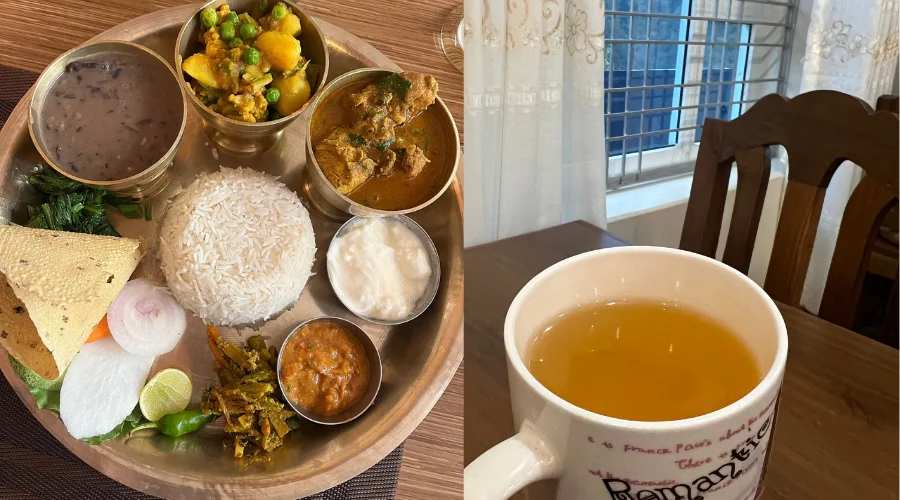
Teahouses offer traditional Thakali meals, noodle soups, and apple pies made from local orchards. Each bite is a story of the region. By savouring Himalayan flavours, you really get to live the Himalayan experience through its flavours.
Learn About Local Cultures
The Annapurna circuit trail passes through very traditional villages. In Manang, Braga, and Kagbeni, you’ll find Gurung, Thakali and Tibetan-influenced communities.
Local people speak their native dialects and practice very old customs. You will see prayer wheels, stone chortens, and mani walls, which have sacred text inscribed on them.
Children go to small schools, monks chant in ancient monasteries, and families work in terraced fields. As you travel here, do so respectfully by smiling at them or learning a local greeting.
That is what makes the journey personal. While the trek is known for the mountains, it is also about getting to know how these remote communities live in balance with nature, faith and simplicity.
Watch Yaks and Mules on the Trail
Yaks and mules are the lifelines of the Annapurna Circuit. As we go higher, especially past Manang into Yak Kharka, you will see large, shaggy yaks that are either carrying loads or out for a peaceful graze.
Mules, often adorned with colourful harnesses, walk-in long caravans, transporting food, gas, and supplies between villages. You will hear the sound of their bells before you see them.
Always step aside to the side of the trail to let them pass safely. These animals are a part of the local community, and they set the pace of daily life in the Himalayas. Watching them work is a reminder of the mountain’s slow and steady way.
Practice Mindfulness and Meditation
Trekking the Annapurna Circuit gives you space to slow down and reconnect with yourself. Long, quiet paths, pure air, and great views help to calm the mind.
Whether you are alone on the trail or sitting by a chorten in Manang or at Thorong Phedi, the mountains invite you to reflect. Many walkers practice deep breathing, journaling or quiet meditation at sunrise.
Some teahouses have simple spaces for yoga or mindfulness. Even the act of drinking tea as you watch prayer flags move can be a holy experience.
In that high-altitude silence, the external world steps back, and the internal world comes into focus. The Himalayas present presence without words.
Stargazing on Clear Nights
High altitudes and clear skies make the Annapurna region perfect for stargazing. In Manang, Yak Kharka, and Thorong Phedi villages, which have little to no light pollution from nearby cities, the sky is at its best.
At night, the sky comes alive with stars that are bright, vast, and unforgettable. It can be a lifetime memory if you do a stargaze with your girlfriend, friend or family member.
You can identify the constellations, see shooting stars and, on some nights, the Milky Way. It’s best viewed after dinner when the winds settle and the skies are crystal clear.
Wrap up warm, step out, and just look up. It is peaceful and very grounding, which is great after a day on the trails. Stargazing here is more than just a scientific pursuit; it is a quiet reminder of our small place in this great, big world.
Birdwatching and Wildlife Spotting
In the Annapurna region, we see great biodiversity. As you trek out in the lower regions like Chame or Tatopani, keep an eye out for the colourful Himalayan monals (which is Nepal’s national bird), snow pigeons, and lammergeiers, which you may see flying above.
In the forest, you may come across langurs, martens, or even the most elusive barking deer. Always trek quietly and take your time; nature is often right in front of you.
By the rivers and in the forest, bird watching is especially rewarding in the early morning. Himalayan wildlife adds life to the trail and teaches patience and respect. Bring along your binoculars if you can.
The mountains are not just for the views. They are home to a great array of large and small living wonders.
Explore Side Treks
Beyond the Annapurna Circuit, there are many great side treks. From Manang, you can trek to Tilicho Lake, which, at 4919 meters (16138.45 ft), is one of the world’s highest lakes.
Also, check out Ice Lake, Gangapurna Lake or the quiet Milarepa Cave. At Tatopani, you can go off the main path to Ghorepani and Poon Hill for breakfast at sunrise.
These are side trips for acclimatization or just to explore more. They are less crowded and usually more rewarding than the main trail. Each has its own thing – sacred sites, hidden lakes, and better mountain views. If you have the time, take the side trip. That is where the magic often hides.
Light a Butter Lamp in a Monastery
In villages such as Braga, Manang, and Kagbeni, go to see ancient monasteries and light a butter lamp, which is one of the best Annapurna circuit trek highlights. These little flames serve as offerings of peace, protection, and thanksgiving in the Buddhist tradition.
In the gompa, the air is of incense, and the silence is very sacred. Locals light lamps every day for their loved ones or for safe travel. You can quietly join them, placing your lamp alongside hundreds of others.
It is a personal, peaceful moment, a simple action but very meaningful. It is a connection to local cultural beliefs and stillness. No words are needed, just light, intent, and respect. A flame in the Himalayas has great importance.
Write a Trek Journal or Vlog
Writing a journal or filming a vlog during your trek turns memories into stories. Each day brings new views, struggles, people, and moments that you will forget if not captured.
In teahouses, spend a few minutes writing down thoughts or recording videos. Share how you felt crossing Thorong La or seeing the sunrise at Poon Hill.
It isn’t about perfection. It is about being real. Whether it is pen and paper or a phone camera, this habit keeps your journey alive. At the end of the trek, you will be glad you documented the raw, honest moments.
Get a Local Astrology Reading in Manang or Jomsom
In places such as Manang and Jomsom, you may come across local Tibetan or Buddhist astrologers, also known as “Lamas” or “Amchis”, who provide traditional astrology readings.
With your birth date and time, they make out a chart that is based on old texts and Tibetan calendars. Many trekkers are curious about life, health, or the future, and these readings offer insight through a cultural lens.
The setting is very much at home in a small room that is filled with books, incense, and scrolls. It is more than just fortune-telling. It is a look into the wisdom and belief of the Himalayan culture.
You will be amazed at how exactly they tell the things you did in the past and how your future is going to be. If you believe it or not, it is a very unique and memorable cultural experience.
Disconnect to Reconnect
As you go further up the Annapurna Circuit past Manang, Yak Kharka, and Thorong Phedi, the poorer the internet gets. Some teahouses do have paid Wi-Fi, which is, however, unreliable and slow.
Instead of fretting over it, many travellers use this chance to connect with nature, each other and themselves. Without their screens, trekkers have deeper conversations.

You notice the wind, the sound of your steps, and the stars more. Journaling, reading, or just sitting in silence becomes a very meaningful experience.
Detachment from the screens is a gift. It helps reset the mind, improves sleep, and brings you into the present. In the Himalayas, no Wi-Fi is an issue. It is part of the healing experience because you are surrounded by beauty.
Want to know more?
Speak to an Expert





Sandip Dhungana
Nepal 🇳🇵
Whatsapp: +977-9823636377


